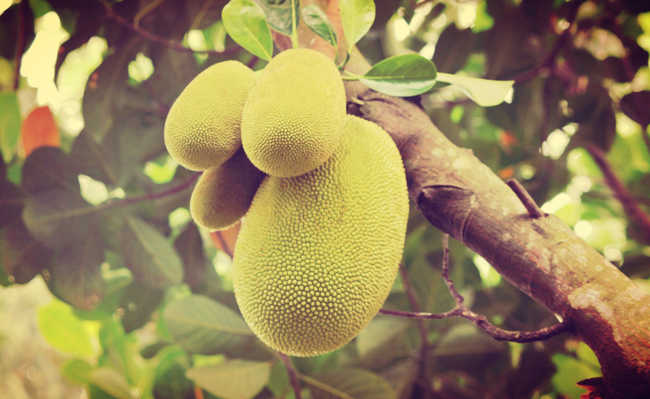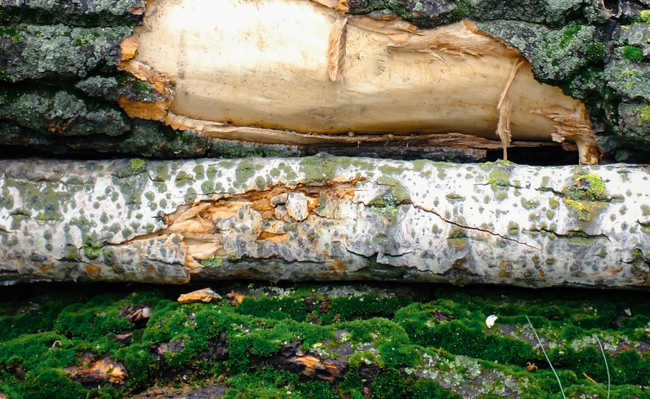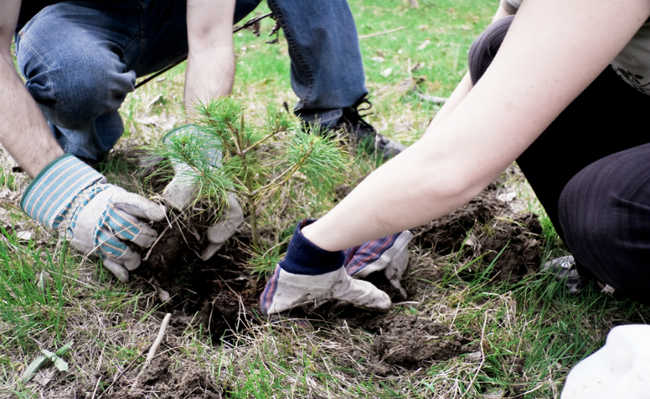Reforestation: native forest or planted forests?
Eucalyptus monocultures bring several discussions about the pros and cons of this type of plantation, understand more about the different functions of planted forests and native forests

Reforestation is an essential activity nowadays, as it helps in some of society's demands, such as the great need for products from forests, the capture of CO2, the restoration of biodiversity, among many other ecosystem services that the forest offers. But what to plant? There are two main types of reforestation: commercial purposes (eucalyptus and pine) and environmental purposes (native vegetation). Planted eucalyptus forests, for example, created several debates about their advantages and disadvantages – let's better understand the factors that led to this type of discussion.
Eucalyptus x native vegetation
The eucalyptus plantation is the most popular type of reforestation due to its rapid growth and the utilities it provides (harvesting after about seven years) - around 70% of the planted forests belong to this family. From the components of the tree, it is possible to make furniture, charcoal, materials for civil construction, paper and cellulose, essences, among others. But there has always been controversy about the benefits of eucalyptus monoculture and its impact on the environment.
To grow fast, eucalyptus needs energy, which is obtained through photosynthesis. Therefore, it absorbs a good amount of carbon dioxide in the short and medium term. However, in the long term, native forests are more efficient in capturing CO2 than eucalyptus forests, which are harvested in a few years. Native trees are capable of accumulating more carbon in their biomass according to the age of the forest.
The faster the plant grows, the greater its water consumption. Therefore, the reforestation of eucalyptus planted in regions with low rainfall rates (less than 400 mm/year) can dry out the soil. The plantations must be in places with high altitude so as not to reach the water table, because if they do, they will consume a lot of water, which could compromise the hydrological flow. Native vegetation, in turn, regulates, protects and maintains the water system.
Another aspect is the amount of eucalyptus leaves, which represents almost half of the foliage of a native tree; therefore, there is less rain interception and more water reaches the ground. This can have two effects: more water available in the soil, more water in the water table; or greater surface runoff of water, which may lead to soil erosion.
Another controversy is about the contribution of eucalyptus plantations to the soil and nutrient cycling. But this is related to the harvesting technique - if the tree is fully extracted, it will leave little organic residue (leaves, branches) in the soil, that is, low litter formation and few nutrients for the soil. Therefore, it is important to include in the management the deposit of part of the tree in the soil to keep it healthy. The native forest, on the other hand, provides organic matter for the soil constantly and naturally, in addition to attracting animals and insects due to the diversity of food and habitat supply.
Eucalyptus monocultures have little biodiversity and cannot be characterized as habitat, as they are often extracted after a few years. One solution is mosaic planting, a forest management technique that intersperses native forest with eucalyptus plantations, providing a link between the natural habitat and the planted forest. These are called ecological corridors, which help to maintain the local biodiversity.
Monocultures in general are not “friendly” to the environment, which is why it is necessary to minimize impacts through good choice of location, management, planting structure and biome. Planted forests, if managed correctly, can bring benefits, as they reduce the pressure on the exploitation of native forests. Many companies responsible for planted forests have large areas dedicated to the preservation of native vegetation.
Each type of reforestation has a different importance and function, which makes it difficult to compare them. Planted forests have economic purposes and reduce pressure on native forests, which in turn contribute to genetic diversity and to restore ecosystem services (learn more "What are ecosystem services?".
So why is reforesting with native forest so important?
Although the destruction of native forests has decreased in recent decades, it is still quite significant. According to the FAO (Food and Agriculture Organization of the United Nations) report, between 2010 and 2015, about 6.5 million hectares were gone, and Brazil was the country with the highest rate of loss of native forest. While the number of planted forests increases, the area of native forest decreases every year in the world:
- 1990: 96% of native forests and 4% of planted forests;
- 2005: 94% of native forests and 6% of planted forests;
- 2015: 93% of native forests and 7% of planted forests.
There are ecosystem services that only native forests can provide, which is why it is so important to preserve remaining forests and reforest areas with native species whenever possible. This practice can be encouraged with the sale of ecosystem services, through payment for environmental services (PES). For example: for a drinking water company to have constant quality water and save on treatment, it can pay for reforestation of riparian forests or for the protection of conservation units.
We use the ecosystem services of the forest directly and indirectly, often without even realizing it and totally for free without realizing its value. But forests will not continue to benefit us forever if we continue this culture of taking away without giving anything in return. Each person can also contribute to improving and conserving these services for this and future generations.
Watch the video about how the planted forest relates to the native forest.










